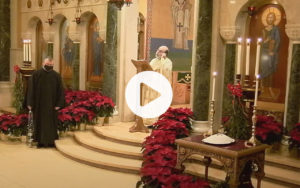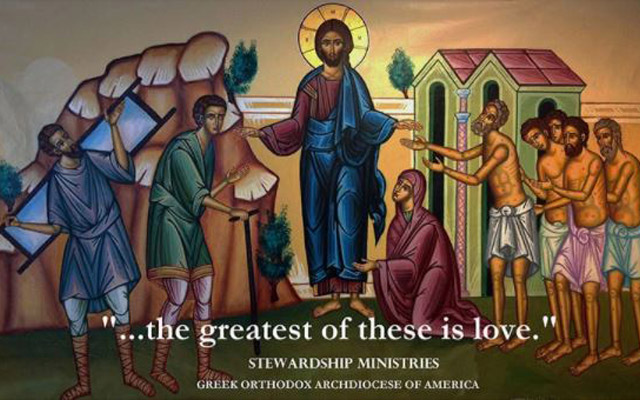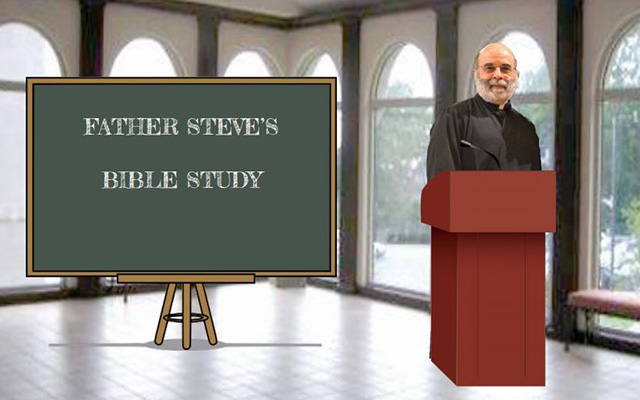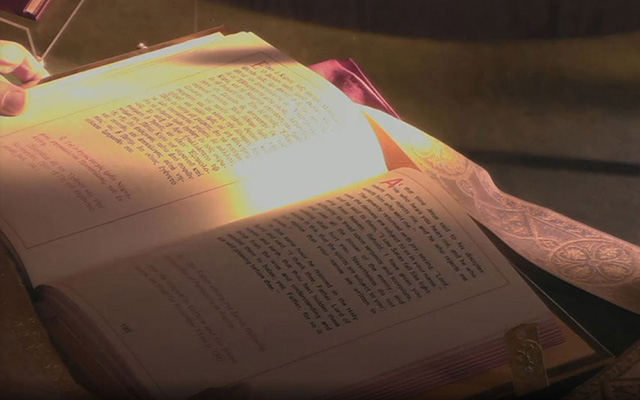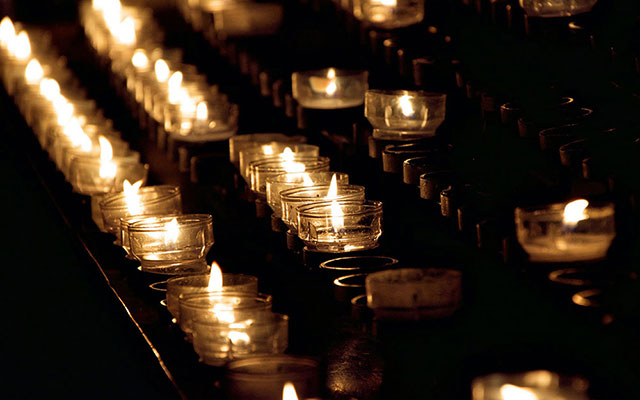The Thirty-Fifth Day of Christmas Advent. What is the Good News?
And the angel said to them, “Be not afraid, for I bring you good news of a great joy which will come to all the people.” -Luke 2:10 What is the good news? In the Nativity story, the Angels gave the message, “For to you is born this day in the city of David, a Savior who is Christ the Lord (Luke 2: 11).” What does that mean to us? Let’s go back to Genesis


